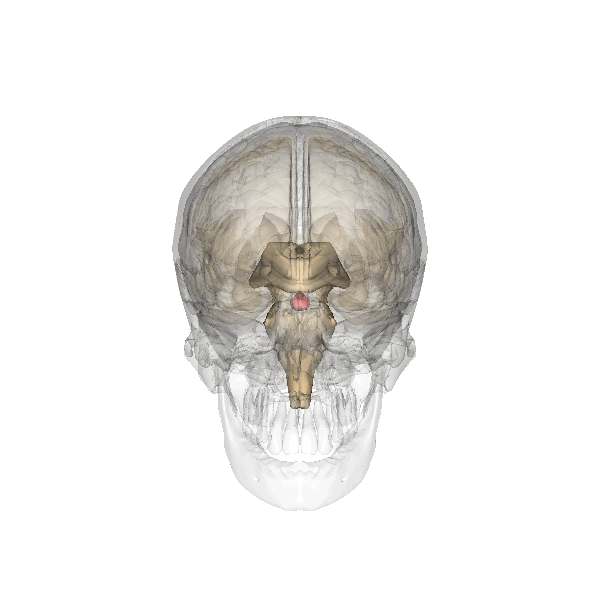Source: Pr Albert BECKERS, Dr Adrian DALY. Orphanet
Prolactinoma is a usually benign tumor of the pituitary gland that
results in hyperprolactinemia.
Prolactinomas induce galactorrhoea, amenorrhoea and infertility in women, and hypogonadism,
sexual dysfunction, impotence, infertility and, more rarely, gynecomastia in men.
Medical treatment consists
of dopamine agonists such as cabergoline, bromocriptine, pergolide and quinagolide .
Frequency of prolactinoma in Belgium is
1/1,600, with similar results across other European countries (UK,
Switzerland, and Malta). A female preponderance is observed,
particularly among premenopausal women. Prolactinoma accounts for 66% of
clinically relevant pituitary adenomas.
Disease
onset is usually in the second to fourth decades of life with
galactorrhea, amenorrhea and infertility presenting in women and
impotence, decreased libido and infertility in men. Prolactinoma can
also cause mass effects (visual field defects, headaches) or psychiatric
manifestations (anxiety, depression). Prolactinoma may be associated
with multiple endocrine neoplasia type 1 (MEN1) and familial isolated
pituitary adenoma (FIPA) (see these terms).
Prolactinoma is a
prolactin-secreting pituitary adenoma. The mechanism that leads to this
benign growth of prolactin secreting cells is still unknown.
Hyperprolactinemia inhibits secretion of gonadotropin-releasing hormone
(GnRH) in the hypothalamus, which results in decreased
follicle-stimulating hormone (FSH) and luteinizing hormone (LH) levels,
and finally in decreased estrogen (females) and testosterone (males)
levels. Prolactin itself stimulates lactation from breast tissues.
Prolactinomas represent about 50% of adenomas in FIPA, but only a small
number of FIPA and young sporadic patients have inactivating mutations
of the AIP gene (11q13.3). Almost all AIP
mutation-related prolactinomas are macroadenomas with male predominance
and young age at diagnosis. Prolactinoma can also occur in MEN1, due to
inactivating mutations in MEN1 (11q13).
Diagnosis
includes laboratory testing showing hyperprolactinemia and decreased
estrogen levels. Pituitary adenomas may be visualized by
contrast-enhanced pituitary magnetic resonance imaging (MRI). Tumors are
classified according to their size: microadenomas (≤10 mm),
macroadenomas (>10 mm), or giant adenomas (>40 mm). Females with
prolactinomas usually have microadenomas, while macroadenomas are more
frequent in male patients.
Causes of hyperprolactinemia without
pituitary adenoma include: pregnancy, lactation, exercise, stress and
polycystic ovary syndrome. Pituitary lesions that do not produce
prolactin can also cause hyperprolactinemia by pituitary stalk
impingement (stalk effect).
Most prolactinomas occur sporadically but up to 5% are familial (FIPA and MEN1).
Initial
therapy is a dopamine agonist (bromocriptine and cabergoline) for
normalizing hyperprolactinemia and decreasing tumor size. Doses should
be titrated upwards gradually according to hormonal response and
tolerability. For dopamine analog-resistant patients, changing to
another dopamine agonist, increasing the dose of the drug, or
neurosurgery may be proposed. Patients receiving high doses of dopamine
agonists should be monitored with echocardiography to identify cardiac
valve dysfunction. Radiotherapy is recommended in cases where both
dopamine agonists and surgery have failed. Temozolomide may be useful
for aggressive, invasive tumors (e.g. carcinomas) that are refractory to
other therapies.
Prolactinoma is usually readily controlled with
dopamine agonists that improve symptoms/ signs and shrink and/or
control the pituitary tumor mass. Patients with MEN1 and those harboring
mutations in AIP have a poorer response to therapy.
